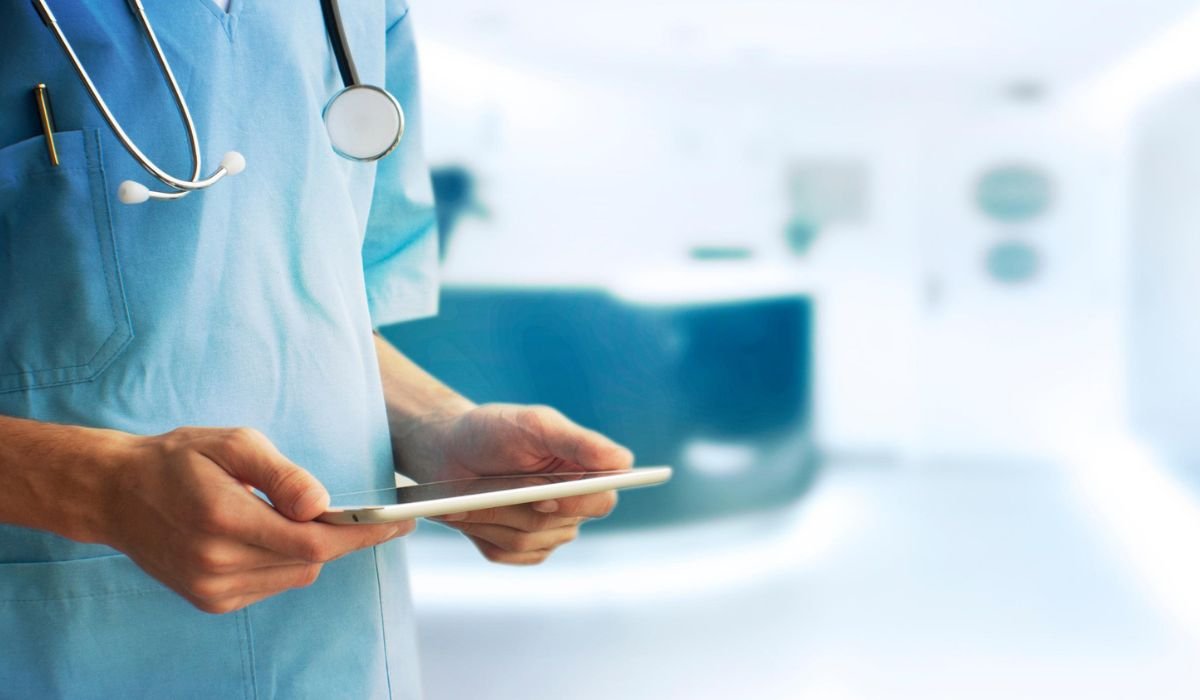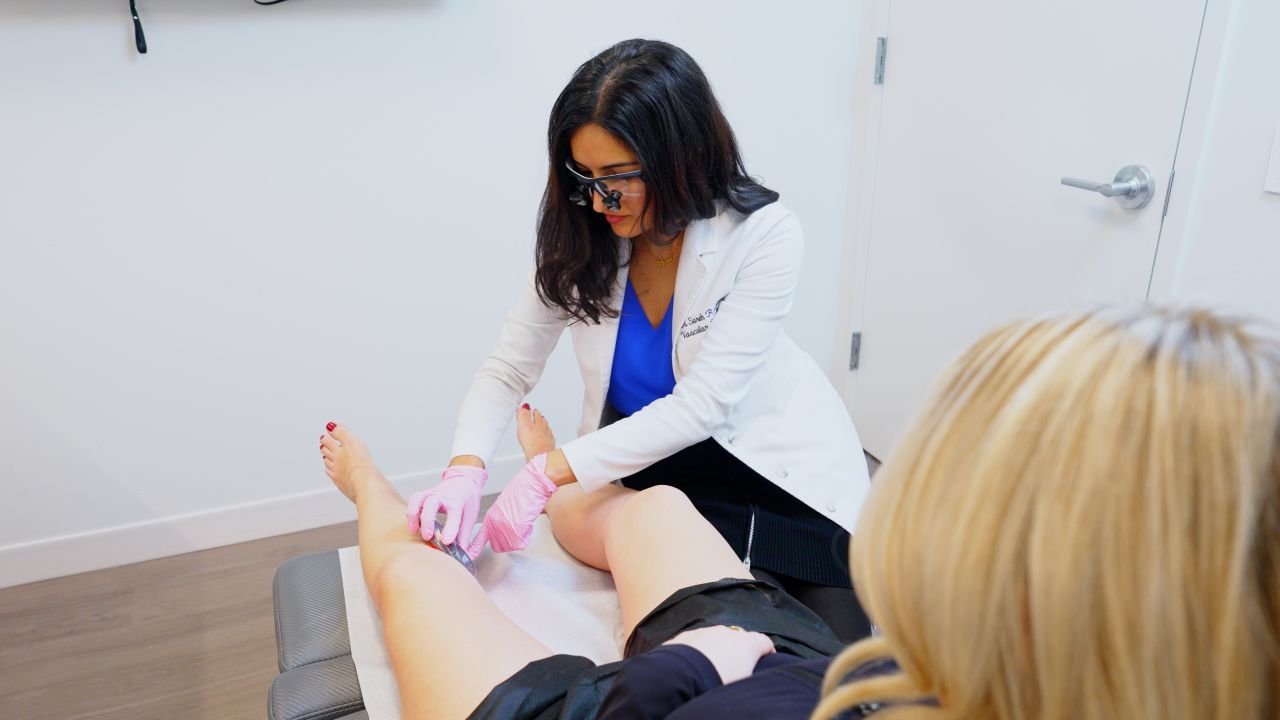In today’s complex healthcare environment, hospitals face immense pressure to deliver high-quality patient care while maintaining financial stability. One critical component of achieving this balance is hospital charge capture best practices—the process of accurately documenting and billing for all services rendered to patients. Errors or inefficiencies in this process can lead to significant revenue leakage, compliance issues, and strained operational workflows.
To minimize losses and maintain regulatory compliance, hospitals must adopt best practices for charge capture. This article explores the most effective strategies, technologies, and organizational behaviors that contribute to a robust and accurate charge capture process.
What Is Charge Capture?
Charge capture is the process by which healthcare providers record services, procedures, and supplies provided to a patient and translate them into billable charges. These charges are then submitted to payers (insurance companies, Medicare, Medicaid, etc.) for reimbursement.
Charge capture typically involves collaboration between clinical staff, coding professionals, billing departments, and revenue cycle managers. Inaccuracies in any step, such as missed documentation or miscoding, can lead to lost revenue, denied claims, or even legal penalties.
Common Challenges in Hospital Charge Capture
Despite its importance, many hospitals struggle with effective charge capture due to:
- Fragmented documentation systems
- Lack of standardized processes
- Manual entry errors
- Delayed documentation
- Inadequate staff training
- Limited visibility across departments
Addressing these challenges requires both systemic changes and targeted improvements across workflows, technology, and personnel.
1. Implement Real-Time Documentation
Timely and accurate documentation is the cornerstone of effective charge capture. Real-time documentation—entering data as services are delivered—reduces the risk of omissions and enhances data accuracy.
Best Practice: Encourage clinical staff to document procedures and services at the point of care using mobile devices or integrated EHR (Electronic Health Record) systems. This not only minimizes the likelihood of missed charges but also supports a faster billing cycle.
2. Standardize Charge Capture Processes Across Departments
Variation in charge capture practices between departments leads to inconsistencies and gaps. Standardization helps ensure uniformity, simplifies training, and enhances compliance.
Best Practice: Develop a hospital-wide charge capture policy that includes standardized forms, terminology, and workflows. Assign dedicated charge capture liaisons or coordinators in each department to oversee adherence.
3. Leverage Technology and Automation
Automation can significantly improve accuracy and efficiency by reducing manual data entry and flagging potential issues early in the process.
Best Practice: Use automated charge capture tools integrated with your EHR system. These tools can prompt providers to enter charges based on clinical notes, auto-populate charge tickets, and identify discrepancies in real time.
4. Perform Regular Charge Audits
Audits help identify discrepancies between documented services and submitted charges. Routine reviews can reveal patterns of missed charges, incorrect coding, or redundant billing.
Best Practice: Conduct regular retrospective and concurrent audits of charge data. Use analytics to identify high-risk areas (e.g., surgical departments, ED) and implement corrective actions based on findings.
5. Educate and Train Staff Continuously
A knowledgeable staff is crucial to maintaining a high standard of charge capture. Even experienced clinicians and coders need periodic updates due to evolving billing codes and regulations.
Best Practice: Provide continuous education and certification opportunities for staff involved in documentation and coding. Emphasize the financial and legal implications of charge capture errors.
6. Enhance Collaboration Between Clinical and Revenue Cycle Teams
A disconnect between clinical staff and the revenue cycle team can create silos that hinder accurate charge capture. Encouraging collaboration fosters shared accountability and smoother workflows.
Best Practice: Establish cross-functional teams that include clinicians, coders, billing experts, and IT personnel. Regular meetings and feedback loops can address issues early and promote a culture of accuracy.
7. Use Charge Capture Dashboards and KPIs
Monitoring key performance indicators (KPIs) helps hospital leadership track progress, identify trends, and make data-driven decisions.
Best Practice: Create dashboards that display real-time KPIs such as charge lag (the time between service delivery and charge entry), denial rates, missed charge trends, and audit results. Use this data to guide operational improvements.
8. Focus on High-Risk Areas
Certain hospital departments—like the emergency department, operating room, and radiology—are particularly vulnerable to charge capture errors due to high patient volume and complex procedures.
Best Practice: Prioritize charge capture improvement initiatives in these high-risk areas. Implement pre-bill audits and specialized training tailored to the department’s unique workflows.
9. Implement Charge Reconciliation Processes
Charge reconciliation involves cross-referencing services provided with billed charges to identify and resolve discrepancies.
Best Practice: Set up a formal charge reconciliation process for each department. This should include comparing patient records, physician notes, and billing data before claims are submitted.
10. Stay Compliant with Regulatory Requirements
Charge capture must align with coding guidelines, payer rules, and government regulations (e.g., CMS rules, HIPAA). Noncompliance can lead to legal consequences and financial penalties.
Best Practice: Keep coding staff up-to-date with ICD, CPT, and HCPCS code changes. Conduct periodic compliance reviews and involve legal counsel when addressing complex billing issues.
Benefits of Optimized Charge Capture
When hospitals implement best practices for charge capture, the benefits are far-reaching:
- Increased Revenue: Accurate billing ensures all services are reimbursed.
- Faster Revenue Cycle: Real-time data entry and automated tools reduce delays.
- Improved Compliance: Standardization and audits minimize legal risks.
- Better Patient Experience: Efficient billing processes reduce confusion and disputes.
- Stronger Financial Forecasting: Reliable data supports better budgeting and planning.
Final Thoughts
Effective hospital charge capture is not just a billing concern—it is a strategic imperative. By investing in the right tools, training, and processes, hospitals can safeguard revenue, maintain compliance, and ultimately provide better patient care.
As healthcare continues to evolve, embracing charge capture best practices will ensure hospitals are equipped to navigate both current and future financial challenges.



